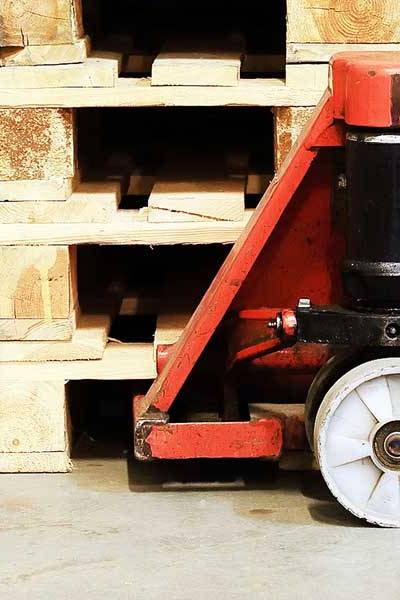Heat Treated Pallets
Heat treat pallets are required for all wood packaging material used in international shipments. One of the necessary steps for ensuring the safety of not only the product being shipped, but also the environment of the product's destination, is heat treatment.
Wood pallets are made from organic material - trees. Trees do not grow in sterile surroundings. The ground they are rooted in, the air they are surrounded by, and the water they absorb are not only full of nourishing material, but also a plethora of pests. These pests, whether mature or in larval stage, are, unfortunately, all too easily transported from one area of the world to another in the pallet wood they inhabit. Therefore governments, environmentalists, and pallet makers have come up with a variety of ways to kill them during the pallet production stage so they will not be introduced in places they did not originate and do not belong
What is heat treatment exactly? It's a phyto-sanitary process developed by the International Plant Protection Convention (IPPC), a treaty recognized by the world trade organisation and overseen by the Food and Agriculture Organization that aims to secure coordinated, effective action to prevent and to control the introduction and spread of pests of plants and plant products.
During this process, the pallets being treated are heated to a core temperature of 140 degrees for a minimum of 30 minutes. This ensures that all insects and larva will be killed off, after which the pallet can be used and reused to ship goods internationally. Once a pallet has been heat treated, it is stamped with a globally recognized image which allows for more efficient transportation of goods.



